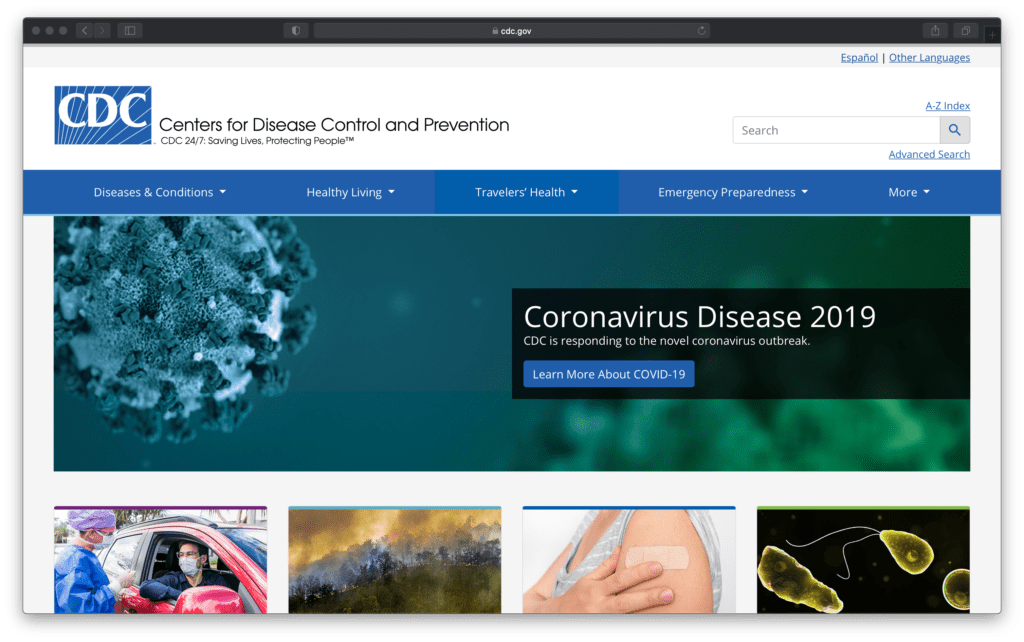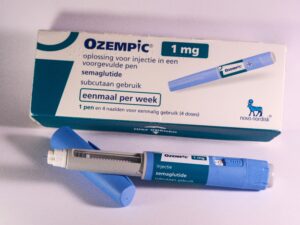On Monday, October 5, the CDC, for the third time, altered the guidelines for airborne transmission of COVID-19. The CDC amended guidelines for the COVID-19 protocol on Friday, September 18, to state that airborne transmission was recognized as a factor in spreading the disease. The change was deleted and the original recommendations were back in place on Monday, September 21.
The official explanation was that the information put on the CDC website was a “draft” and “should have been reviewed” before being published. This came amid revelations, according to sources close to the agency, that the Trump Administration was pressuring the CDC to downplay the severity of the situation.
According to the CDC website: “There is evidence that under certain conditions, people with COVID-19 seem to have infected others who were more than 6 feet away.”
Donald Milton, an aerobiologist (a scientist who studies airborne organisms) at the University of Maryland said: “It’s gratifying to see CDC acknowledge that there’s a role for airborne transmission with this virus.”
Since the onset of this pandemic, there has been much debate on whether the SARS-CoV-2 virus is actually airborne. The term “airborne” in the context of COVID-19 transmission, refers to very small “aerosolized “ viral particles that can travel farther than 6 feet and stay suspended in the air for minutes or even hours. To be clear, the crux of the ambiguity is whether or not the aerosolized droplets can infect someone.
Six feet is the benchmark for social distancing that has helped formulate policy for reopening the country. The number is based on scientific findings that larger droplets expelled from a person will fall to the ground within six feet.
However, mounting evidence supports the theory that COVID-19 can be spread by aerosols.
A study published in the Proceedings of the National Academy of Sciences demonstrated that one-minute of speaking loudly could emit 1,000 droplet “nuclei” that could remain airborne for more than eight minutes.
Another study in China that was published in JAMA (Journal of the American Medical Association) Internal Medicine, analyzed an incident in China involving 126 passengers on two buses, making an hour and a half trip. A passenger on one of the buses was infected with COVID-19. Within a few days, eight passengers on that bus were also infected. Even passengers who sat on the last row of seats and entered and exited using a different door from the infected individual were infected.
Yang Yang, an epidemiologist at the University of Florida in Gainesville, who co-authored the report said “I think there is enough evidence for us to be very concerned in indoor environments, especially in confined spaces.”
A choir practice in Washington that lasted for two and a half hours. Members stayed more than six feet apart and used hand sanitizer, but were not wearing masks. Of the 61 choral members, 33 became infected, and two died. Researchers in China used a tracer gas to prove that aerosols carried on air currents from an air-conditioning unit in a restaurant were to blame for an outbreak infecting ten diners from three separate families. None of the patrons or the staff were infected who were seated near other air-conditioning units.
A University of Florida study sampled the air in the hospital rooms of two COVID-19 patients. The study showed that aerosol particles carrying enough viral load to infect someone traveled more than 15 feet away from the patients.
In July 2020, 239 scientists co-signed an open letter addressed to national and international health agencies, calling upon them to “recognize the potential for airborne spread of COVID-19.”
These updated guidelines and the scientific consensus about aerosols being another vector of transmission illustrates the importance of proper indoor ventilation, wearing masks, proper hygiene, and the increased risk of indoor events, especially involving singing, speaking loudly, or exercising.
More detailed information about the updated CDC guidelines can be found at cdc.gov.











